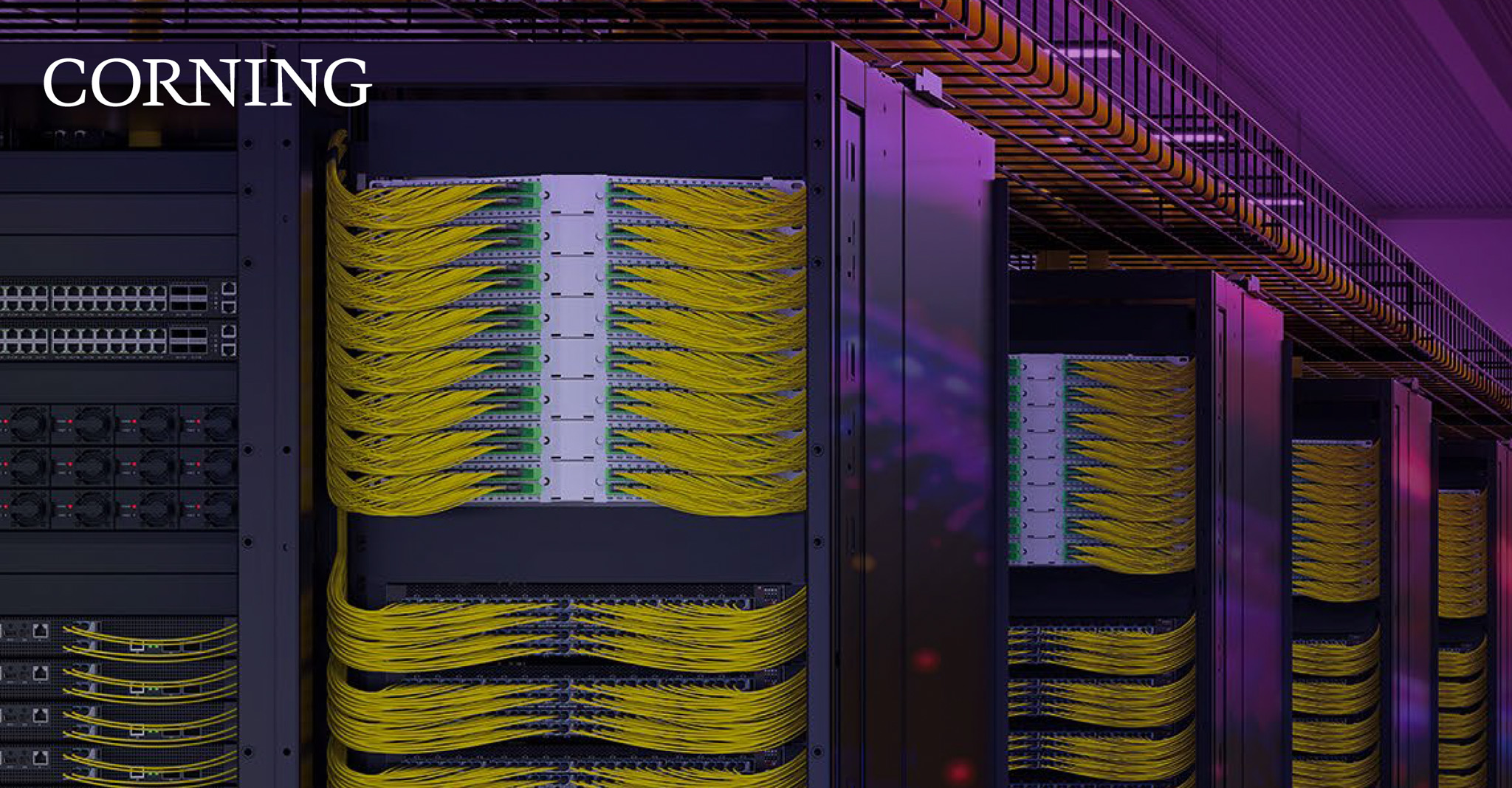The AI revolution is here, offering limitless possibilities—and it all comes to life through the lightning-fast data transmission that only optical fiber can deliver. Corning, the inventor of optical fiber and the industry leader, presents GlassWorks AI: a customized portfolio of solutions and services designed to help you navigate the network-design challenges of artificial intelligence, from long-haul networks to data centers.
Just as Corning Glass Works helped electrify the world with the glass for Edison’s light bulb, today’s Corning draws on its unmatched expertise in glass science to usher in the age of AI with the most advanced optical solutions available. GlassWorks AI is your one-stop shop for Corning’s industry-leading fiber, cable, and connectivity, along with best-in-class network planning, design, and deployment services. With GlassWorks AI solutions, Corning’s global expertise becomes your competitive edge.
Let us help you seize the opportunities of AI. Click here to learn more and connect with an expert from Corning’s GlassWorks AI team.








